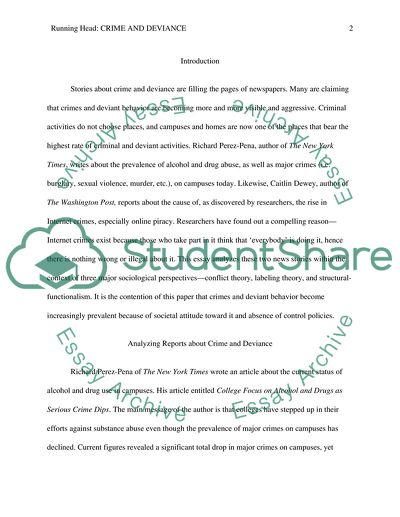Cite this document
(“Crime and deviance Essay Example | Topics and Well Written Essays - 1000 words”, n.d.)
Retrieved from https://studentshare.org/sociology/1649624-crime-and-deviance
Retrieved from https://studentshare.org/sociology/1649624-crime-and-deviance
(Crime and Deviance Essay Example | Topics and Well Written Essays - 1000 Words)
https://studentshare.org/sociology/1649624-crime-and-deviance.
https://studentshare.org/sociology/1649624-crime-and-deviance.
“Crime and Deviance Essay Example | Topics and Well Written Essays - 1000 Words”, n.d. https://studentshare.org/sociology/1649624-crime-and-deviance.


